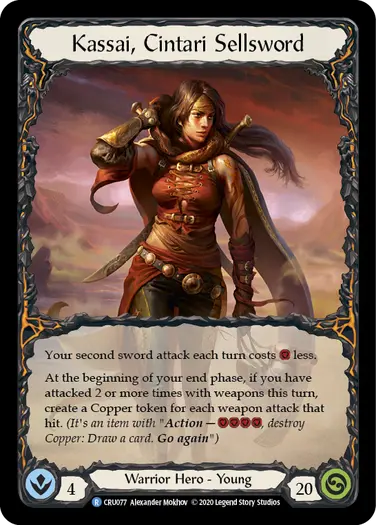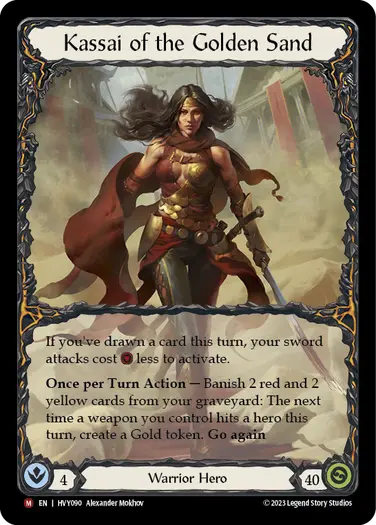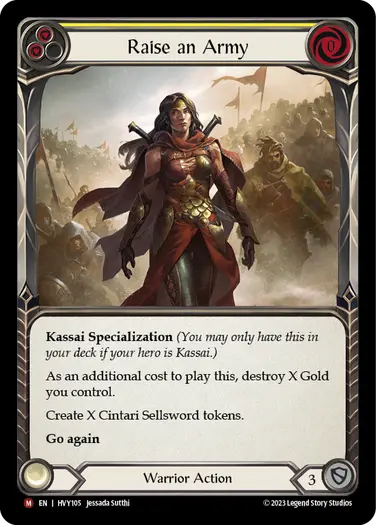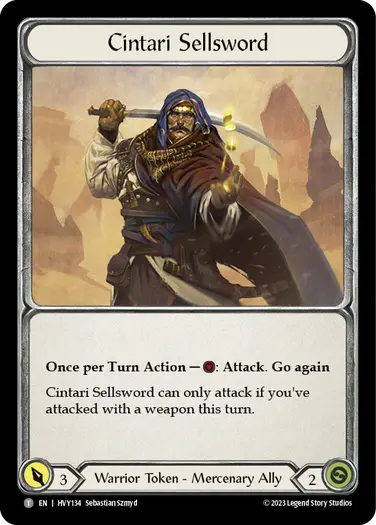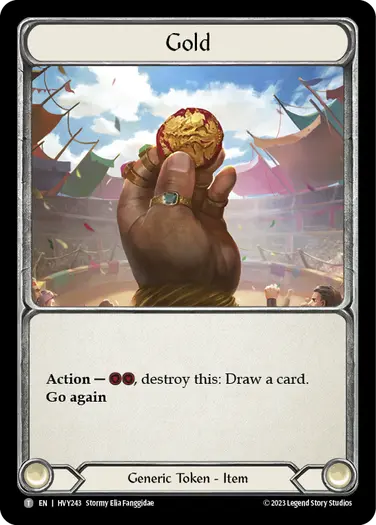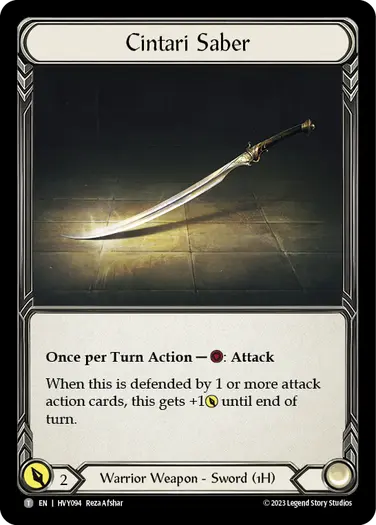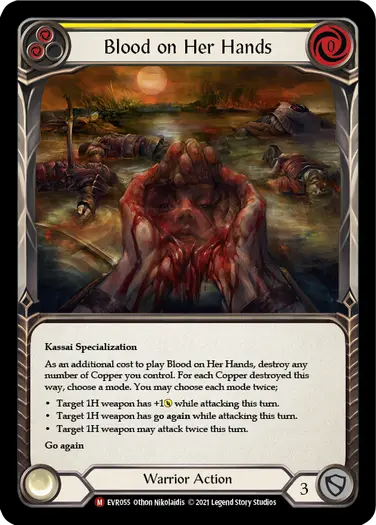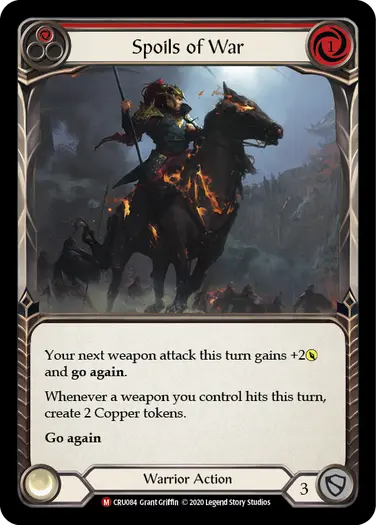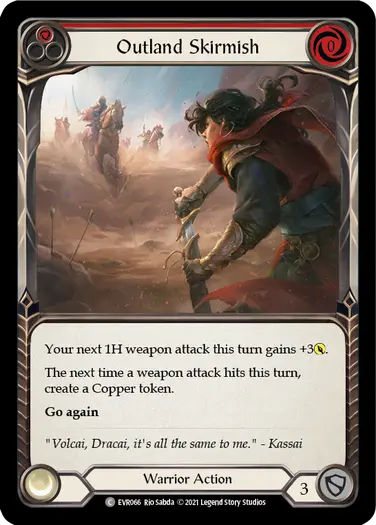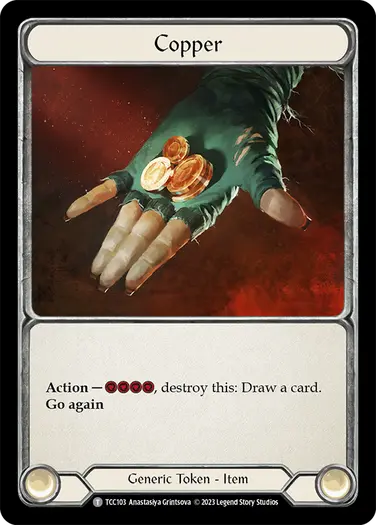Legend Story Studios developer Karol lifts the curtain of the Dev Room so we can take a peek behind the scenes. Learn about the work that went into designing, testing, and evolving the iconic cards you know and love today. Sometimes all a card needs to be great is a Dev Touch!
Game development, especially for a trading card game, is not an easy thing to explain to people.
"What do you do for a living?"
It’s a question I often have to tailor the answer to, depending who is asking. But a wise man once said:
"I spend my days deliberating whether a 2 should be a 3."
It’s a great conversation starter and leads to some unique tangents. This answer is at the crux of the development conundrum—sometimes we do discuss at length a defense value or the cost of a card. It might not seem like a big deal, but each number can have a significant flow-on effect on whether a card is too strong for the game to handle, too weak and see no play, or hit that coveted sweet spot.
One of the simplest tools us developers have at our disposal to balance a card is adjusting the numbers on the card—pitch, cost, defense, power. All of these can all be tweaked or moved around, but sometimes changing one completely throws off the others—that is where it gets complicated.
To illustrate how we tweak numbers, let's use one of the most extreme examples—Raise an Army.
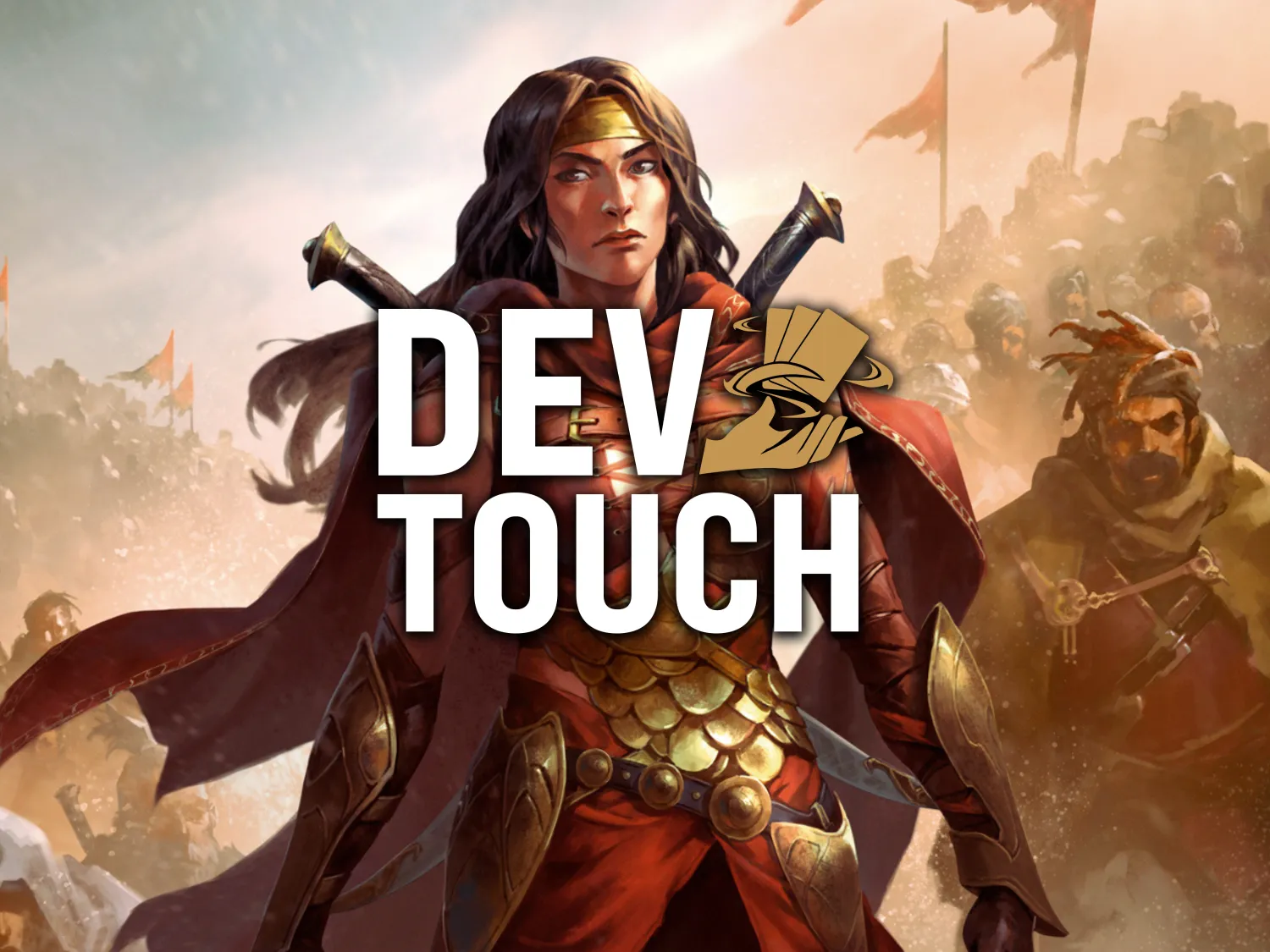
Last year we introduced Kassai as an adult hero. It’s a tricky task bringing an existing hero into the game in a new form. Players grow attached to their favourites and we need to do right by them. There is a certain level of expectation on what the hero does, what themes they reflect, etc. But they also need to be fresh—bring something new to the table. Kassai was doing that—she had an element of sword mastery reflected in the sword cost discount and coin generation. These similarities helped to strengthen the connection between Kassai, Cintari Sellsword and Kassai of the Golden Sand.
But there is also the need for more.
Blood on Her Hands set a strong precedent for Kassai's connection to Copper. In Heavy Hitters, Gold was the main currency. We had concerns early on that the first specialization wouldn't gel with our new take on the Warrior. In development, we were also looking to give Kassai a clearer identity, a clearer game plan. The design team heard our concerns and came back with one of the most thematic cards from Heavy Hitters—Raise an Army.
What is Kassai, a Warrior pumping with vengeance through her veins, doing in the Deathmatch Arena you might ask? Putting her life on the line to earn Gold to raise an army and take back revenge on those who betrayed her family.
However, this thematically rich card ended up being one of the biggest development challenges in the Heavy Hitters pipeline. We weren't just creating a specialization—we were creating a new permanent-based hero.
One of the biggest contention points within the development room was the cost. One small number in the top right corner of the card had the room divided. Some argued it needed to be strong and cost 0, while others, including myself, felt this effect needed a cost—X, where X is the number of Cintari Sellswords created. But Cintari Sellswords themselves were the difficult part—how do we stat them?
We knew they were meant to be an offensive tool and their power had to be reasonably high—the whole point of Cintari Sellswords was to attack! At the same time, they weren't meant to stick around too long, hence their life had to be low. We experimented with all kinds of values:
- 2 power, 2 life
- 2 power, 1 life
- 3 power, 1 life
- 3 power, 2 life
Each statline presented a series of interesting consequences. One of the biggest factors of Cintari Sellswords having 2 life were daggers—otherwise both Assassins and Ninjas had access to an incredibly easy way of clearing them. 2 life also made them more resilient to arcane damage pings.
The more we explored different numbers, the more obvious it became that this card transformed what Gold meant for Kassai.
We needed to limit test how much Gold Kassai makes—finding this range would ultimately dictate what values Raise an Army and Cintari Sellswords would use. Limit testing in game development refers to pushing the boundaries on a particular aspect of the game to identify any potential issues that arise in pushing to these extremes. For us, it meant building Kassai in a way that tries to completely maximise on Gold generation.
These decks tried to create as many Cintari Sellswords as possible, especially in the slower matchups in which they were most effective. We were pushing decent numbers, and it was clear that the slower the matchup, the more effective Sellswords were, but it was also harder to make Gold against the defensive decks. Also, the tension from the Kassai player's side on whether to play towards Raise an Army or whether to pop the Gold and present offense was a great outcome. The player having this kind of consideration and the choice not being obvious, is the best case scenario from a development perspective. Anytime players need to consider the unique game state to take action, it's not only an expression of skill, but also a reflection of their playstyle.
On the top end Kassai could get to around 6 Gold, but usually she could aim to generate 3-4, which meant around 3-4 Cintari Sellswords. This number meant that they definitely needed a cost to attack with, and most likely had to have some restrictions too.
We floated between 3 and 2 power for a while—again, proponents were all for juicing up the offence, while skeptics were worried about the ceiling this card created. 3 damage for 1 resource with go again was huge. They needed to have a restrictive clause regardless of their stats. We started off with the themes of Gold upkeep—you needed to destroy a Gold to attack, or you need to create a Gold each turn for them to stick around (otherwise they would disappear at end of turn), but that kept taking away from the Gold you needed to invest in the Cintari Sellswords in the first place.
Nailing down the condition is where the proponents and sceptics started to see eye to eye—making the condition a weapon attack. It ties strongly into Kassai's play patterns and has thematic ties to leading the Cintari Sellswords into battle. Also, it requires cards to pull off, giving the opponent a choice—do they clear allies, or attack Kassai and hope to strip enough cards to deny Cintari Sellsword attacks on the backswing?
This hurdle also meant the Kassai player would have to satisfy the condition on the turn they wanted to play Raise an Army, which meant keeping extra cards in hand. Any cost to create them, satisfy the condition, and have resources to attack was a bit much. It led to strange outcomes where the Kassai player would finally Raise an Army then pass, letting their mercenaries stand there passively, staring the opponent down.
Ultimately, we got to the current version through trial and error.
A lot of trial and error.
We tweaked each number bit by bit, until it felt right. One of my favourite outcomes of the card was the way it gravitated towards combating slow decks. Aggressive decks might not be interested in denying Gold, but they tend to be the most effective at clearing allies. While slower matchups shifted how the opponent valued denying Gold. It's like her own Gold-Baited Hook. The minigame was real—denying Gold early could thin the ranks down the line.
The card also inadvertently created a niche for Blood on Her Hands—what initially felt like an awkward fit for the new Kassai, became a divergent strategy for combating aggressive decks. Stacking Copper was quite doable with Spoils of War and Outland Skirmish. In those matchups, Gold could be converted to maintain efficient offence thanks to the hero ability rather than being saved for Raise an Army.
All in all, Raise an Army brought incredible cohesion to Kassai of the Golden Sand. It gave the players a unique goal to strive towards and a unique role in the metagame. There is something special about the feeling of stacking Gold little by little, then suddenly recruiting a horde of mercenaries and overwhelming your opponent.
